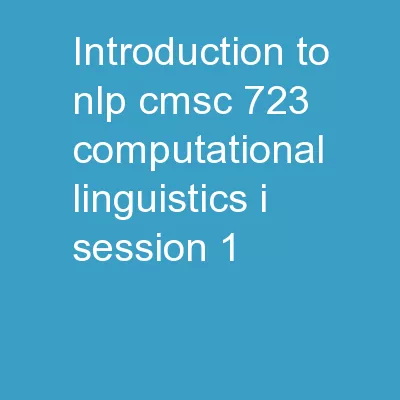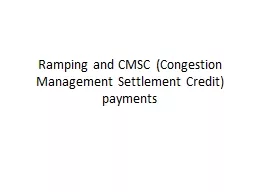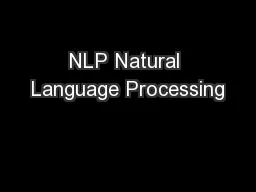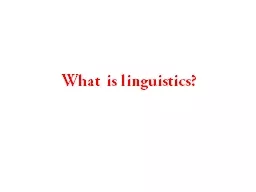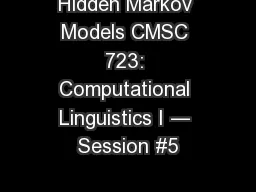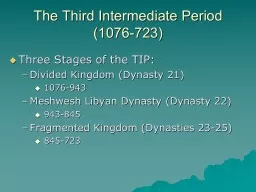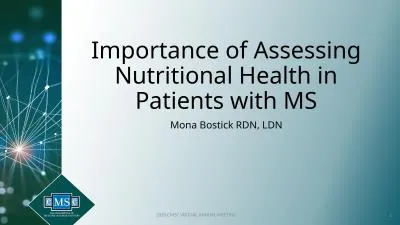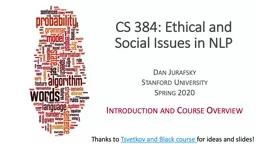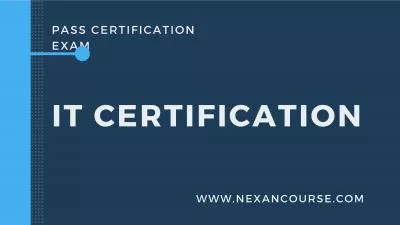PPT-Introduction to NLP CMSC 723: Computational Linguistics I ― Session #1
Author : calandra-battersby | Published Date : 2019-03-19
Jimmy Lin The iSchool University of Maryland Wednesday September 2 2009 NLP IR About Me Teaching Assistant Melissa Egan CLIP About You prerequisites Must be interested
Presentation Embed Code
Download Presentation
Download Presentation The PPT/PDF document "Introduction to NLP CMSC 723: Computatio..." is the property of its rightful owner. Permission is granted to download and print the materials on this website for personal, non-commercial use only, and to display it on your personal computer provided you do not modify the materials and that you retain all copyright notices contained in the materials. By downloading content from our website, you accept the terms of this agreement.
Introduction to NLP CMSC 723: Computational Linguistics I ― Session #1: Transcript
Download Rules Of Document
"Introduction to NLP CMSC 723: Computational Linguistics I ― Session #1"The content belongs to its owner. You may download and print it for personal use, without modification, and keep all copyright notices. By downloading, you agree to these terms.
Related Documents

